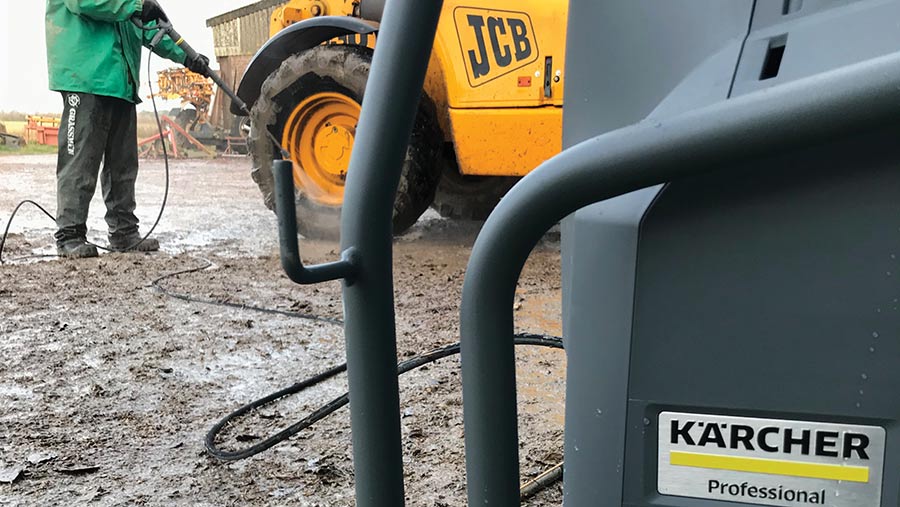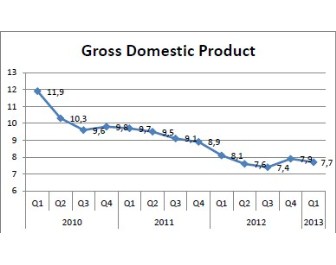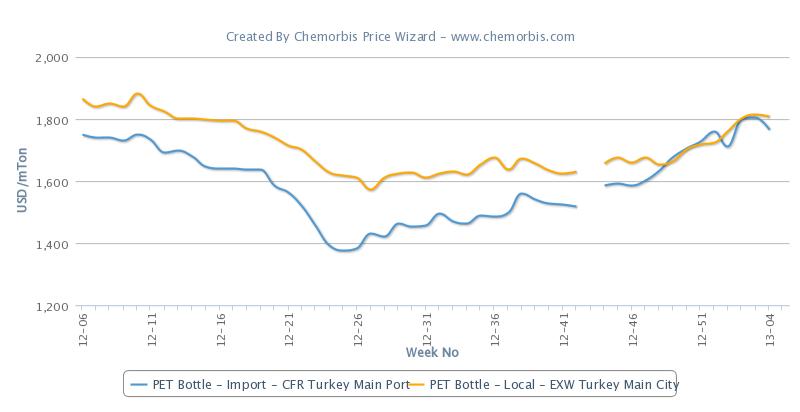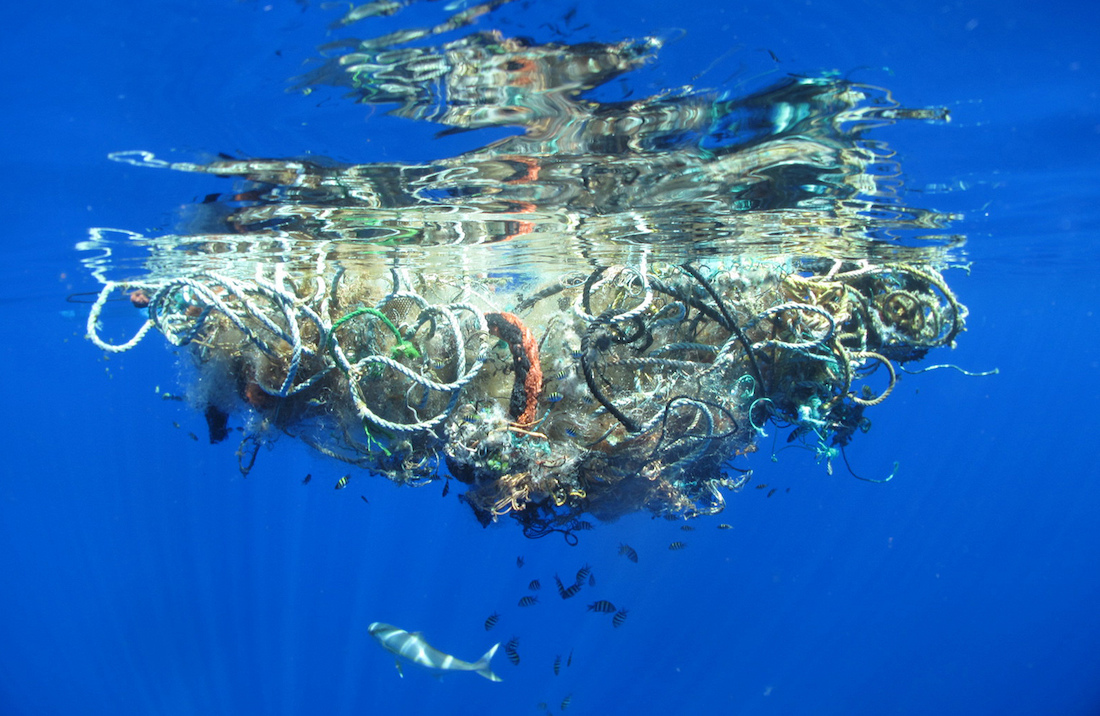Having a decent, easily portable pressure washer about the farm is always handy but, increasingly, it seems that what you buy doesn’t always measure up to expectations.
We put five of the front-runners to the test, asking the suppliers to provide the model best suited to agriculture.
While initial assessments were all about ease of assembly and operation, ultimately the quality of the job they do is down to how much water they can pump out and the force of the jet coming out of the lance.
To delve a bit deeper we took measurements of pressure and flow, enabling us to compare our real world figures with those quoted by the manufacturers.
We put all five pressure washers through the same bank of simple tests, as well as scoring them with our own subjective assessments.
First up we timed how long it took to get them from their unboxed state to being ready for work.
Then we measured hose and cable lengths and worked out how the various chemical application systems work.
Next job was to plumb in our pressure testing gauges to record the force of water running through the lance with the trigger depressed.
This was intended to compare each machine with its competitors, but also with the manufacturers’ rated outputs.
Without exception, all five quoted figures were well in excess of what we recorded – suggesting that bench-testing the pumps at full unrestricted flow will give a very different result to the actual force of water coming out of the nozzle.
But pressure is only one part of the story. The volume of water each machine is capable of producing has a big overall impact on its ability to dislodge grease and grime.
That’s a whole lot easier to measure – we simply collected the water pumped out of the lance over a minute, giving us a figure to compare with the manufacturers’ ratings.
Once again, what we recorded was well down on the paper stats across the board, highlighting that a full-flow measurement taken at the pump outlet will be significantly different to what actually comes out of the nozzle.
To ensure a level playing field on the inlet side, we used a 1,000-litre IBC tank raised on pallet forks to 4m to provide a reliable head of pressure for the tests, negating any spikes or drops that might skew our measurements.
These records are accompanied by our general observations about build quality, controls, hose, cable, lance and nozzle stowage as well as how comfortable the gun felt in the hand after 15 minutes’ work.
Best for Most powerful, highest pressure.
Assembly time 20mins. Spanners needed to fit quick connectors to lance and hose, inlet filter and Hozelock connector.
Lance The Karcher had the best lance. Rather than a traditional finger trigger, the back of pistol grip is depressed with the heel of your hand.
This minimises fatigue and, once running, recoil from the lance keeps the trigger engaged without any effort. It comes with two hooks to balance the lance on and a clip-fit nozzle holder. 4.5/5
Hose 9.5m. No stowage. Karcher uses its own proprietary double-thread fittings so repairs/non-genuine replacements are not an option.
Cable 5m. No stowage.
Controls One simple rotary on/off switch.
Service access Four Torx screws hold down the cover, but vital components are still virtually inaccessible. No oil dipstick or sight glass. 1/5
Chemical application Detergent/disinfectant additive bottle attaches to the lance quick-coupler, but has no rate adjustment and no stowage.
Lance comes with flat fan nozzle and spinning pencil jet.
Build quality 4/5

FW Verdict
As the most powerful unit we tested, the Karcher should have been our stand-out favourite, but is let down by a design that makes it almost impossible to service or repair.
The complete absence of stowage for the hose, cable or foam gun is a pain, because they’re likely to be left on the deck to be driven over or trodden on.
List price £1,210.39
Accessories and attachments
Most manufacturers offer a plethora of bits and pieces that you can couple up to a pressure washer, from chemical applicator foam guns to spinning pencil jet nozzles.
The former make for a straightforward, uncomplicated way to apply detergent or disinfectant. Generally, they work best when you can dial down the water pressure to avoid blasting away the very product you want to apply.
Typically interchangeable for standard flat-fan nozzles, spinning pencil jets are claimed to increase the cleaning power of pressure washers on uneven surfaces.
The principle behind this is that a single needle jet of water concentrates the pressure produced at one spot.
Making this jet spin in a cone pattern supposedly gives the coverage of a fan but with greater power.
While this might be the case on stippled surfaces, in our test we found the blade-like action of standard flat-fans was equally effective in shifting stubborn muck and grease on the various trucks, tractors and telehandlers in the yard.
An optional extra from most makers, drain jetting nozzles can extend the working capabilities of cold-water machines.
Kranzle UK was good enough to include one in the box for us to try.
Its three rearward-facing jets produced a huge amount of forward thrust, and were able to shift decent chunks of lumpy silt.
The only limitation of such an arrangement is hose length.
References : https://www.fwi.co.uk/machinery/farm-maintenance/tools/on-test-cold-water-pressure-washers-which-is-best







